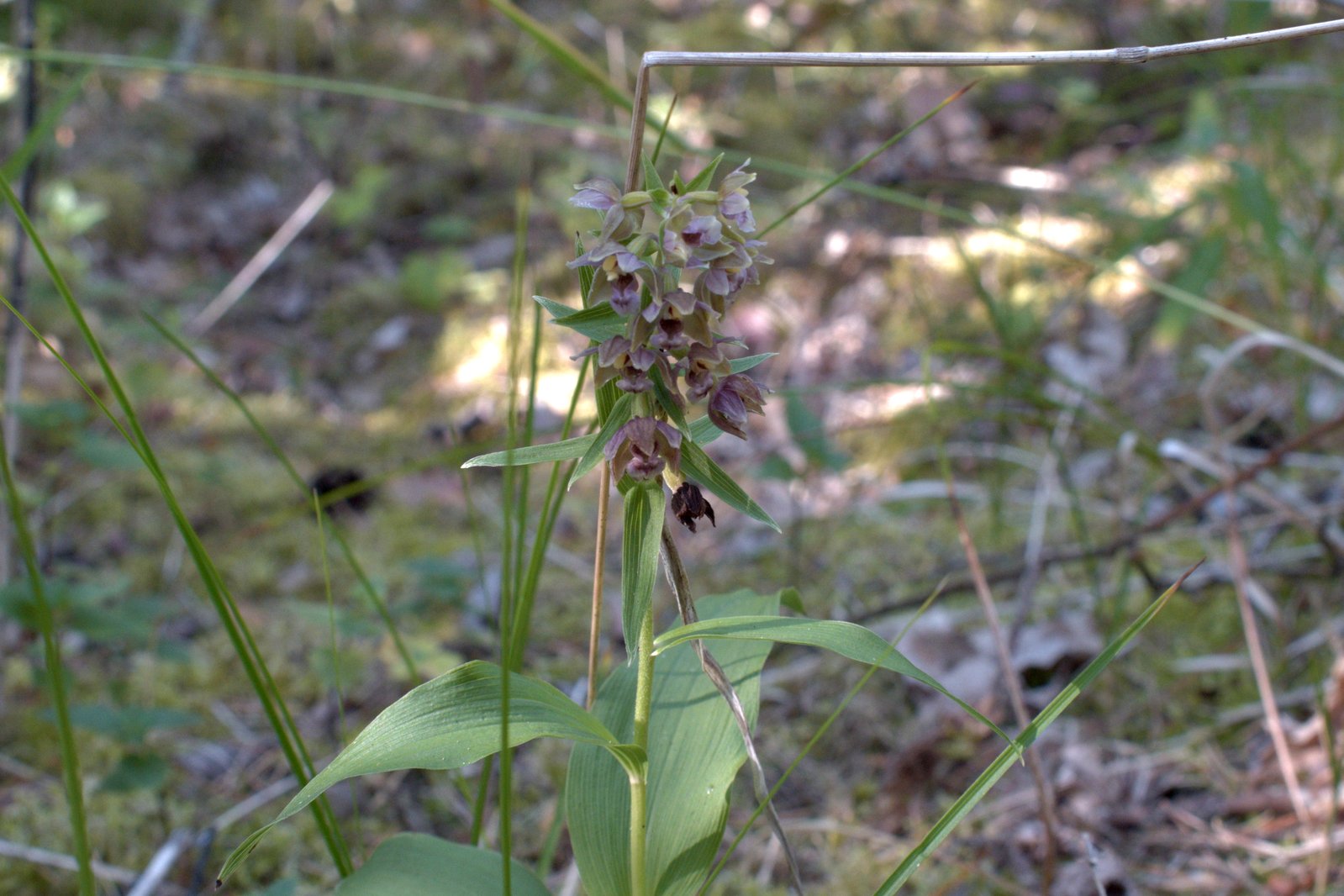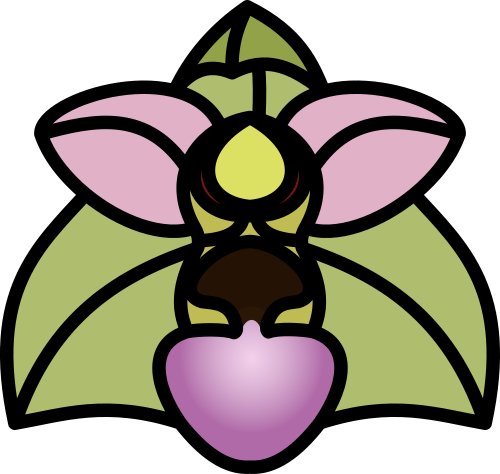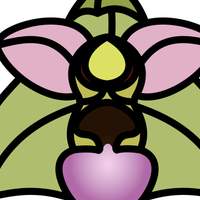Salve and welcome to the fifth update to the Epi 32U4 campaign. This time, I’ll talk a little about the board design, the name and the logo, and some of my ideas for the future.
It all started when I found the Elite-C by Keeb and thought it’d be fun to make a PC keyboard some time. After that I just started designing… something. I copied the Arduino Micro‘s schematic into Kicad and then I thought to myself "how small can I make this thing?". I looked around at the smallest Arduino-compatible boards and found the µduino which inspired me to use a 1,27mm pin spacing.
And that was that. A dozen or so prototypes later, the EPI32U4 was born.
About the Name and Logo
I’m a great big botany nut, as anyone who knows me can tell you. Sometimes I like to draw vector artwork flowers. I’m not great at it (yet), but who cares, it’s just for fun. And so, I thought it’d be fun to put some of these illustrations on my boards. After I had designed the first Epi prototype, I needed a name and I wanted to put a flower graphic on it. I looked around my illustrations to see if any would fit well on the board. I found a drawing of Epipactis helleborine (or Broad-leaved Helleborine, commonly).
It looked good on the board and the shortened name fit well too, I thought. As a bonus, the prefix "epi" means "upon" or "on top of", which is fitting for a board which can be soldered on top of another one.
Future Plans
I’d quite like to try and make a series of Epi boards with different processors. I’ve already designed an ESP32 version and RP2040, though I have yet to order boards and test them. The "Epi-SP32," as I’ve preliminarily dubbed it, would beat the Unexpected Maker’s Tiny pico as the smallest ESP32 board. Fun.
But that’s for the future. The ATmega32U4 Epi doesn’t seem to be very popular compared to some Crowd Supply projects, so who knows. It’s an outdated chip, but I still like it.
Alright, that’s enough for now. See y’all next time.
Don’t forget to visit our campaign page and order an ESP32U4 for yourself or a friend!





